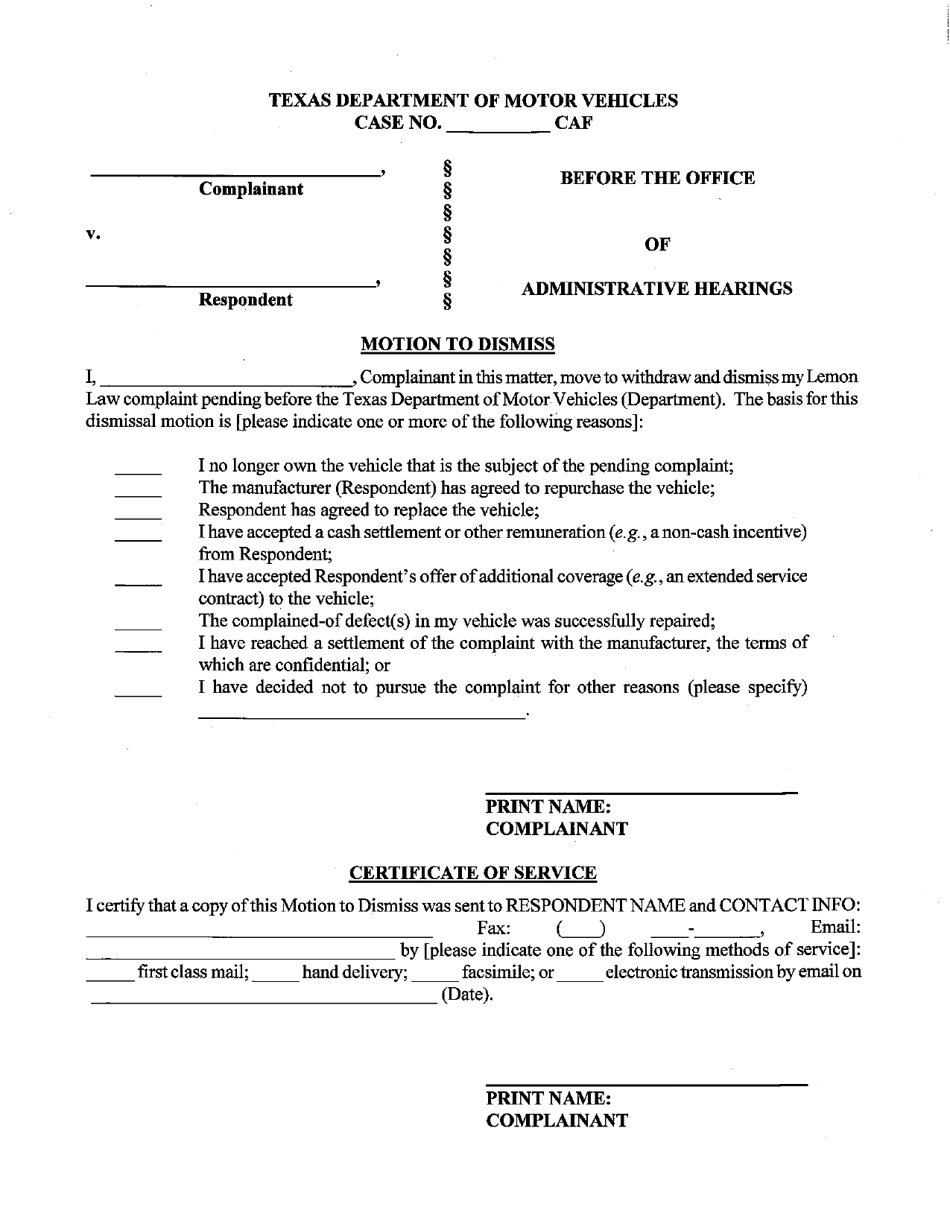
(A) entry or other requested action will be permitted as requested (2) Content of response. The responding party must state objections and assert privileges as required by these rules, and state, as appropriate, that: (1) Time to respond.The responding party must serve a written response on the requesting party within 30 days after service of the request, except that a defendant served with a request before the defendant's answer is due need not respond until 50 days after service of the request. The request for entry upon a party's property, or the order for entry upon a nonparty's property, must state the time, place, manner, conditions, and scope of the inspection, and must specifically describe any desired means, manner, and procedure for testing or sampling, and the person or persons by whom the inspection, testing, or sampling is to be made. If the identity or address of the nonparty is unknown and cannot be obtained through reasonable diligence, the court must permit service by means other than those specified in Rule 21a that are reasonably calculated to give the nonparty notice of the motion and hearing. (2) a motion and notice of hearing on all parties and the nonparty if the land or property belongs to a nonparty. (1) a request on all parties if the land or property belongs to a party, or A party may gain entry on designated land or other property to inspect, measure, survey, photograph, test, or sample the property or any designated object or operation thereon by serving - no later than 30 days before the end of any applicable discovery period – Request or Motion for Entry Upon Property
Motion to compel discovery texas example full#
Even though the responding party may deny the request, the court may order entry onto a non-party’s property, especially if access to that property is clearly relevant to the claim.īelow we provide the full text of Rule 196.7, which details the guidelines and procedures for a Request for Motion for Entry Upon Property: If denying all or part of the request, however, the responding party must state appropriate objections and/or applicable privileges. In the interest of full disclosure, the responding party must grant the request for access unless all or part of the request is not reasonable.

In addition, the litigant must fully define the conditions, procedures, and scope of inspection within the request.

In the request, the litigant must specify exactly when, where, how, and by whom the inspection will be made. The request for access must be given to any and all property owners, whether or not they are part of the claim being filed. If specifically requested, a litigant may also photograph, measure, test, and/or sample the property or anything on that property. No fewer than 30 days before the end of the discovery period, a litigant may gain access to land. Rule 196.7 of the Texas Rules of Civil Procedure offers guidelines and procedures on how best to do that. As part of the discovery process, a litigant may need to gain entry onto the responding party’s property to gather relevant information. In civil litigation, discovery refers to the process where parties in a lawsuit exchange relevant facts and information about a case. Request for Motion for Entry Upon Property
Motion to compel discovery texas example series#
This post on Request for Motion for Entry Upon Property is the fourth part of a seven-part series on forms of discovery in Texas.


 0 kommentar(er)
0 kommentar(er)
